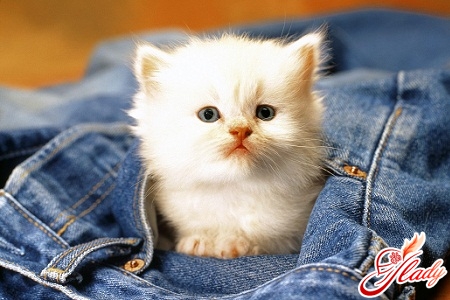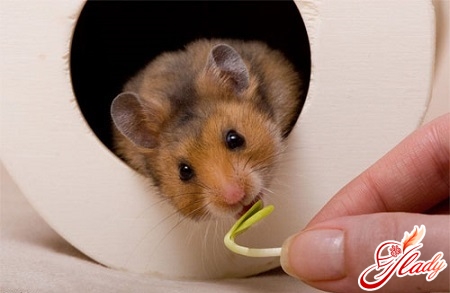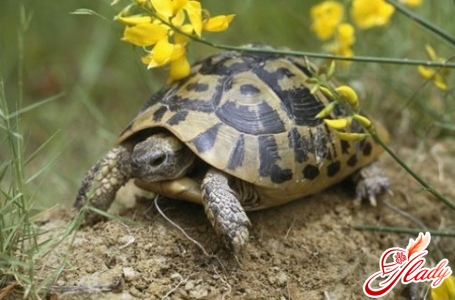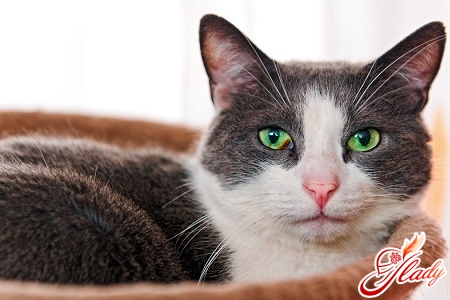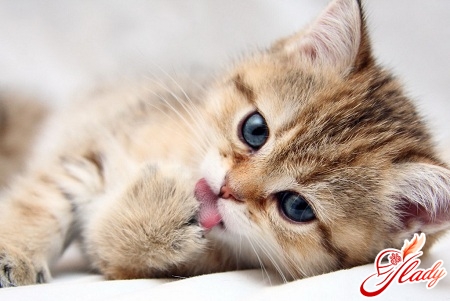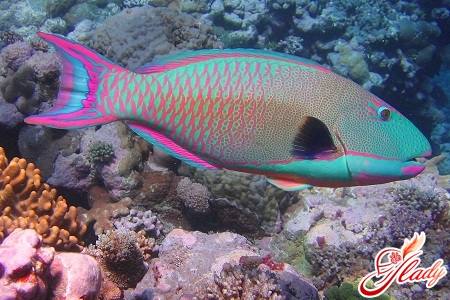 Actually, the name "parrot" does not refer toto a certain type of fish. It can hide completely different bright and colorful fish. And not just fish, but real fish. For example, tropical parrot fish that live in coral reefs reach two meters in length. And small parrot fish live in forest rivers and freshwater lakes of Central Africa. It is these Central African fish that have moved into our aquariums, and we are talking about them.
Actually, the name "parrot" does not refer toto a certain type of fish. It can hide completely different bright and colorful fish. And not just fish, but real fish. For example, tropical parrot fish that live in coral reefs reach two meters in length. And small parrot fish live in forest rivers and freshwater lakes of Central Africa. It is these Central African fish that have moved into our aquariums, and we are talking about them.
Portrait sketch
Aquarium parrots belong to the orderperciformes and the cichlid family. These are fairly large fish for an aquarium. The parrotfish reaches ten centimeters in length. Its elongated and flat-sided body is colored yellow-brown or gray-blue. Its back is dark, and on the sides (from the tail to the mouth) there is a wide black stripe. These fish most likely owe their name to the coloring of their abdomen - the parrotfish is "motley" from below. Its abdomen seems to be illuminated by multi-colored spotlights: bright red in the middle, pearly green closer to the head and bluish near the tail. Males differ from females not so much in size as in characteristic markings on the tail - several dark spots that sometimes merge. And its tail and dorsal fin are sometimes bordered on top with a gold stripe, and the rear fins are always pointed.
Features of behavior
Some behavioral features are also interestingThis fish is generally peaceful until it comes to procreation. During spawning, it becomes very aggressive (that is why breeding parrot fish is somewhat difficult). It is also interesting that males observe territorial integrity. He creates his own personal territory and vigilantly guards it from everyone. The only exception he makes is for his girlfriend, who is allowed to be on his territory. By the way, these aquarium fish are monogamous, they form permanent family pairs, and live mainly in the lower and middle layers of water. Aquarium parrot fish behave no less interestingly during spawning. First, a pair of parrots prepares a place for future offspring: the female cleans the walls of the shelter, and the male vigilantly guards the territory. Having prepared a house (in which they live) for the eggs, the female shows her partner her multi-colored belly, announcing her readiness for the sacrament, and lures him into the house, where she lays eggs. It is also interesting to watch how the parents "herd" a school of their fry that have gone out for a walk. If any of them decides to stray from the school, they will be immediately caught by one of the parents and put back in their place.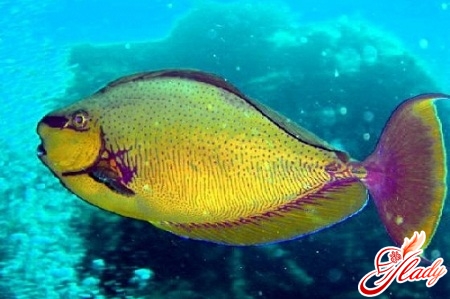
Features of the content
Keeping parrot fish is not particularly difficult.difficulties. But there are some nuances here. Considering the territorial nature of the behavior of these fish, it is not recommended to keep them with other species (this complicates their breeding). Although, living in the lower layers of water, they can peacefully coexist with "upper-swimming" neighbors. Nevertheless, aquarists advise keeping parrots in pairs that formed during the period of schooling of fry. They also say that several pairs from the same litter (brothers and sisters) can quite get along in the same territory. To keep several pairs, you will need an aquarium with a volume of sixty liters. It is also necessary to equip the habitat with grottoes and caves, which should be located at a distance from each other and from the place where you are going to feed your fish. How many shelters should there be? As many as you like, but less than the pairs themselves. In addition to the grottoes, it is advisable to install driftwood and stones on the bottom of the aquarium, as well as "provide" thickets of hard-leaved algae. And remember that aquarium parrot fish can coexist peacefully only if each pair has its own territory. Acceptable "quality" of water for aquarium parrots: temperature 24-26°C, acidity pH 6.5-7.5 and hardness dH 6-15°. In addition, the water must be filtered and renewed weekly by thirty percent of the volume. As for feeding, parrot fish are unpretentious in food. You can feed them any live and dry food with plant additives. And breeding these fish will not be difficult if you follow the rule of territorial independence.
"Other", or Red Parrot
Unusual aquarium fish red parrot -This is an artificially bred hybrid of different species of cichlazomas. It is unusual in its peculiar appearance: the lower lip is strongly curved, the head is visually separated from the body, and a hump rises behind the head. By the way, scientists associate such an exotic appearance with physiological disorders. The red parrot fish grows up to twenty-five centimeters in length and has a bright fiery red, orange or yellow color. By the way, to maintain the brightness of the color, it is recommended to feed these fish with food with carotene additives. Like any interspecies hybrid, the red parrot cannot produce offspring (but instinctively tries to do this), and breeding this fish naturally is impossible. However, such a selection trick is in the hands of those aquarists who do not welcome the reproduction of fish in their aquarium. Keeping a red parrot is quite simple. You can feed it dry and live food, but you can not overfeed. No matter how much food you pour in, the gluttonous red parrot will still eat it, so all uneaten food should be removed from the aquarium. The optimal aquarium size for keeping a red parrot is from two hundred liters, the best neighbors are catfish, barbs, labeo and South American cichlids. With proper maintenance, these hybrids live up to ten years. In general, the red parrot is an unpretentious and peaceful fish, distinguished by endurance and good health. All kinds of parrot fish diseases do not bother him, and even if he suddenly falls ill, the treatment, as a rule, is successful.
Conclusion, or the Myth of the "mini"
If you are offered to buy a parrot in"mini" version, then don't fall for this bait! There are no "mini" aquarium parrots (their breeding hasn't even started yet). Mini is a fiction, a myth! Under the guise of the "mini" version, you are offered a special form of black-striped cichlazoma (black-striped), which is painted to look like a parrot fish. And these "minis" grow to the size of a regular black-striped cichlazoma, and are no less aggressive, and live as long as they should, and they should be fed according to the rules. So be vigilant! We advise you to read:




